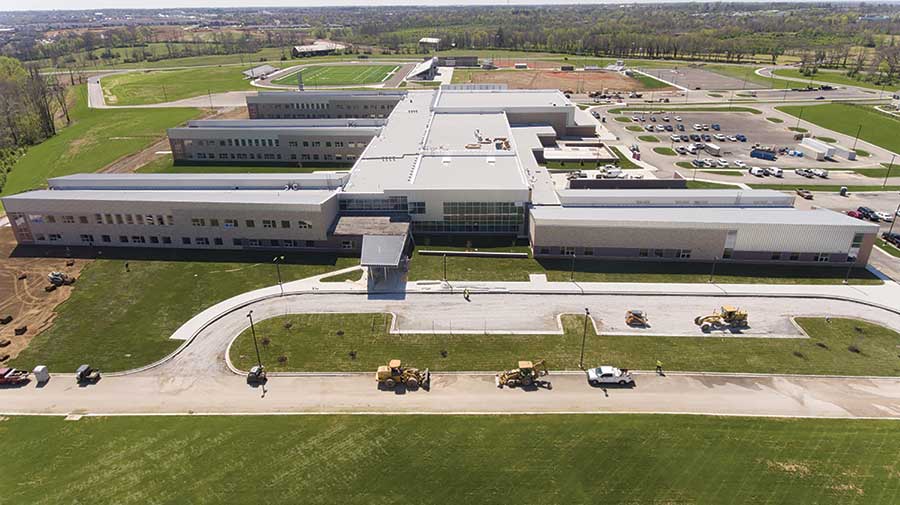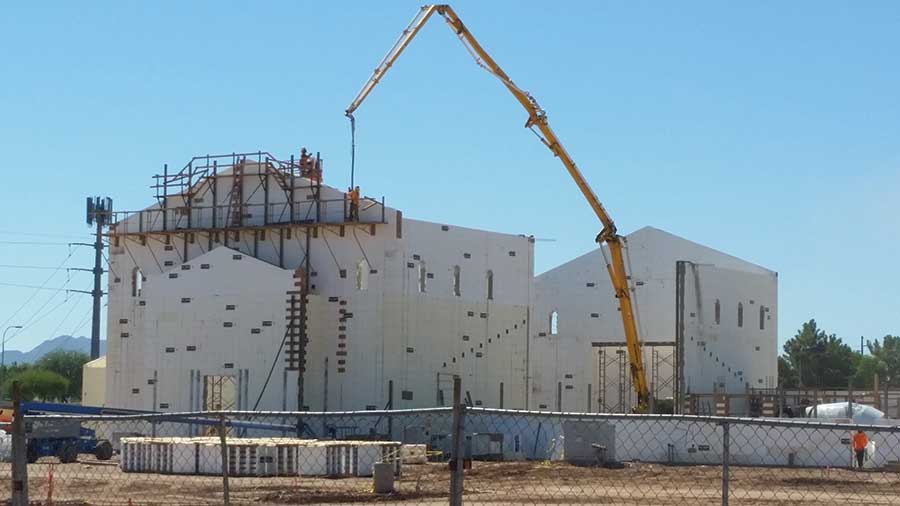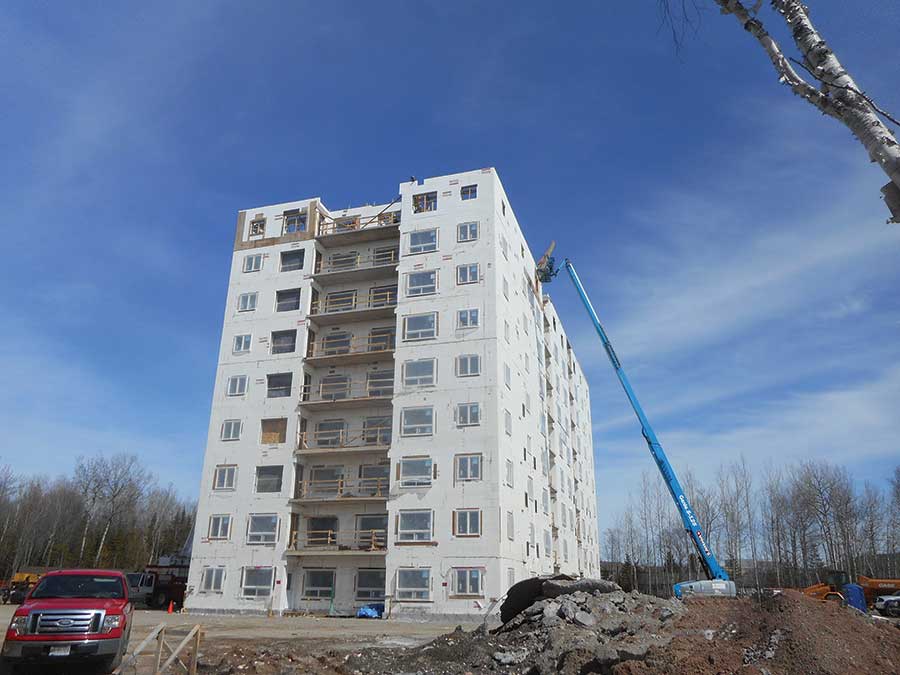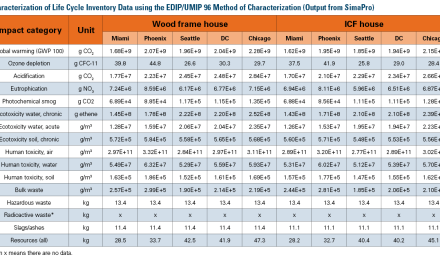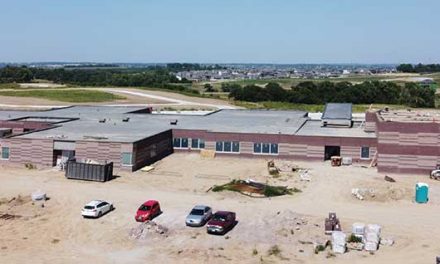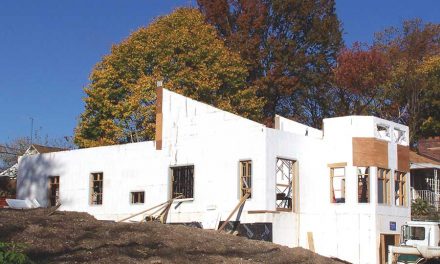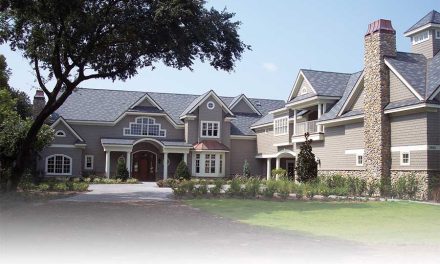Currently, the ICF industry is being driven by the commercial sector. It’s due, in part, to the size of the projects; a single mid-rise apartment building will use more block than 30 residential basements. But it’s also driven by the fact that ICFs are more cost-competitive in the commercial sector. Here, ICFs are frequently compared to CMU, cast-in-place concrete, or structural steel (rather than wood) so the up-front cost is less. Long term owners appreciate the value of utility savings, and commercial construction is more sensitive to schedule efficiencies, too.
A few sectors and geographic regions have proven to be especially lucrative for ICFs which are highlighted on the following pages.
Religious construction has opened the door to a robust commercial ICF market in Arizona. Within the past ten years, the Catholic Archdiocese of Phoenix has commissioned more than a dozen significant churches and private schools across the state, all built with ICF. The number of projects they’re involved with is tapering off, but the visibility of ICFs in the Southwest has passed the tipping point, and now fire stations, emergency call centers, and other municipal buildings are being specc’d as ICF. A large base of qualified installers is in place to perform quality work at competitive prices. The Phoenix Archdiocese’s most recent project, St. Juan Diego Catholic Church in Chandler, is profiled on pp. 22-24.
The education sector is driving ICF use in Texas, Kentucky, and the Ohio River Valley. School boards across Kentucky are insisting that all new schools are built with ICF. Since 2006, at least 35 ICF schools have been built in that state alone, and their track record is phenomenal. In fact, America’s first net-zero school is located in Kentucky and was built with ICF. The cost of construction has proven to be no more than traditional methods, and the energy savings are in the hundreds of thousands of dollars annually. The trend is spreading too. Since 2007, 17 ICF schools have been built in Ohio, and a similar number have been built in Texas. Many of these are massive projects, using more than 200,000 sq. ft. of insulated formwork. Frederick Douglass High School, completed last August in Lexington, Kentucky is a recent outstanding example of this type of work. See story beginning on p. 16.
Southern Ontario, Canada, has always been something of a hotbed for ICF construction. Over the past 10 years, ICF mid-rise and high-rise apartment construction has skyrocketed. In the Kitchener/Waterloo area west of Toronto, more than 70 massive ICF buildings have been erected within a few city blocks, using at least eight different brands. Like the church and school projects, the developers will also be the long-term owners of the building, so energy efficiency was a significant selling point. Although ICF construction continues in that area, it’s nowhere near the pace of the past five years. But midrise ICF construction has already spread to other areas, including New York City and the outlying regions of Ontario, where the nine-story senior living apartments featured on pp. 18-21 were built.

